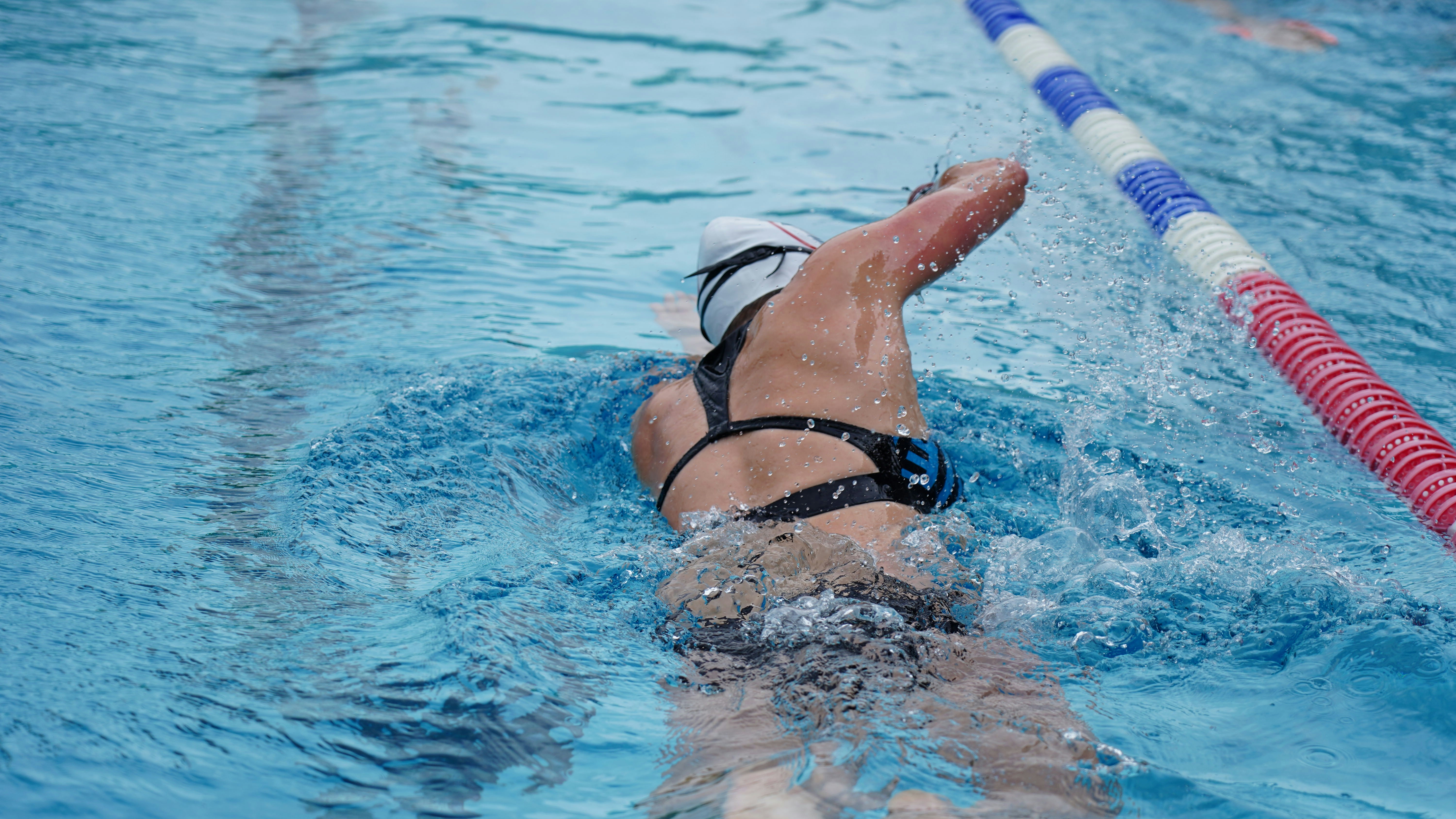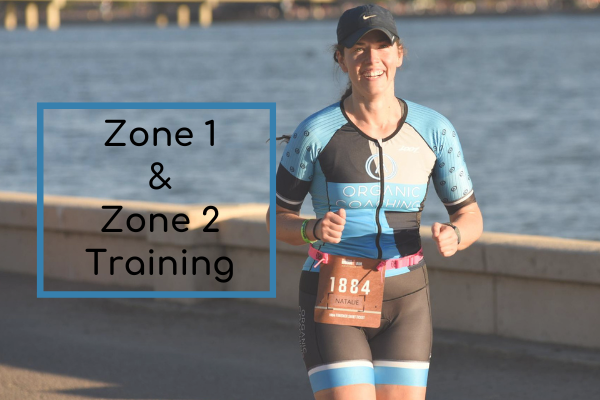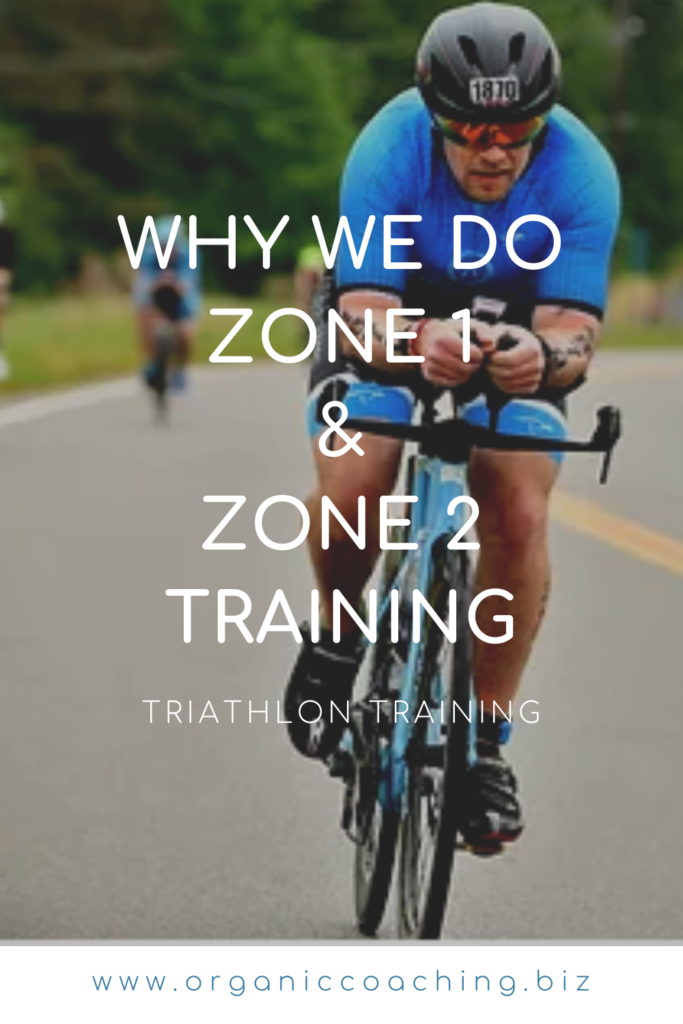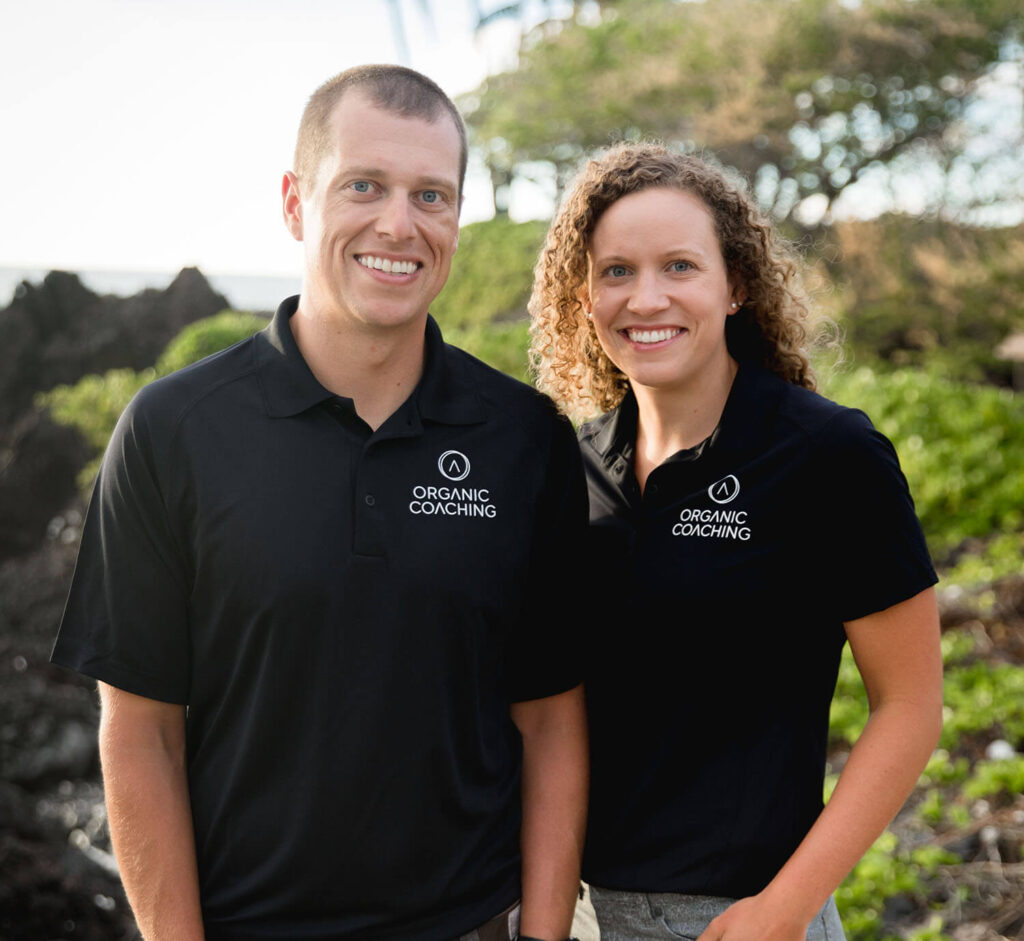

Zone 1 and zone 2 training. You may have heard of it. You may even be doing it, following a plan, or doing workouts given to you by your coach. Many question this process as they are doing a run at a slower pace than they can normally run. “Shouldn’t I be pushing hard all the time to get better”? There is a reason why you shouldn’t be training hard all the time.
First, what is zone training? We all have a minimum and maximum effort which can be measured using different metrics. Between the minimum and the maximum, it can be broken into zones. As the intensity of the effort increases the zone you are in increases. For example, let’s look at heart rate. Heart rate is the most commonly used metric for zone training. Your minimum effort would be your resting heart rate. Your maximum would be a very hard effort that can only be held for a short period. We take these heart rates and divide them into usually five even zones between the min and max to help us measure how intense our workout is.
Heart rate is not the only metric we can use to establish and do zone training. Power and pace are other metrics that are commonly used to set zones.
So why do most coaches and training plans have you spend so much time in Zone 1 and Zone 2?
Zone 1 is mostly used for warm-up, cooldown, and recovery. We start with a very easy effort. This gets our muscles warmed up before we do any harder efforts. Gets the blood circulating. This prepares our body for the upcoming workout and helps us avoid injury. Cooldown is also Zone 1. This is where we start our recovery. As awesome of a muscle, as the heart is, it needs some help from time to time. After a workout, if we do a proper cooldown this lets the muscles in our legs help the heart pump the unoxygenated blood from our legs and pump in fresh oxygenated blood. Getting that fresh blood to our legs starts our recovery faster versus letting the unoxygenated blood pool in our legs because the heart is trying to play catch up. Zone 1 does not add to overall fatigue.
As endurance athletes zone 2 is very beneficial and is where we spend a lot of our time for very good reasons. At lower intensity efforts the body is burning primarily fat with some carbs. We have a greater oxygen supply which helps better utilize fat. This is a good energy source since the body stores fat very well but not carbohydrates. Even the leanest of us have plenty of fat to burn during our workouts and races. At higher intensities, the body starts burning more carbohydrates. The problem with this is the body doesn’t store carbohydrates as well and can only intake so many carbohydrates per hour. Essential at a higher intensity you can start to run out of fuel for the body. Another benefit of burning fat is that it can help us lose weight.
Many complain that they feel they are going to slow in zone 1 and zone 2. Over time the body adapts and gets better at being in zone 2. After a while, you will find that you can go faster while maintaining zone 2. Which will also make you faster in your higher zones. You just need to be patient and trust your training.
Most endurance athletes work out often. Many times twice a day. Training in zone 2 does not dramatically increase your overall fatigue. Higher intensity workouts increase your fatigue greatly. The higher your fatigue the longer it takes you to recover. With zone 2 training we recover faster so we can work out sooner. This is how we manage workouts several days in a row or even two a day. Faster recovery times. If we try putting in the same amount of time per week but doing a lot of zone 3 and zone 4 workouts it will catch up to you. The body will not perform as well. This leads to workouts that are not very beneficial and can lead to the body just needing a few days off.
Injury prevention is another great benefit to lower intensity workouts. Pushing your body hard all the time leads to injury due to the lack of proper recovery and the constant hard stress.
The saying “No pain, no gain” is not necessarily always correct. While you still will have to do some harder zone interval work and suffer through that, doing primarily zone 1 and 2 will help you far more than pushing hard all the time. You will want your plan to be around 80% zone 1 and zone 2. Trust the process.


Carly and Tyler Guggemos built Organic Coaching in 2014 with a simple philosophy that works. The idea is to take what you have and grow it to get faster, fitter and stronger. And to do it with the time you have – not the time you wish you had.

For athletes who are ready to take their training to the next level while still thriving and succeeding in their professional and family life.
Copyright © 2024 Organic Coaching LLC